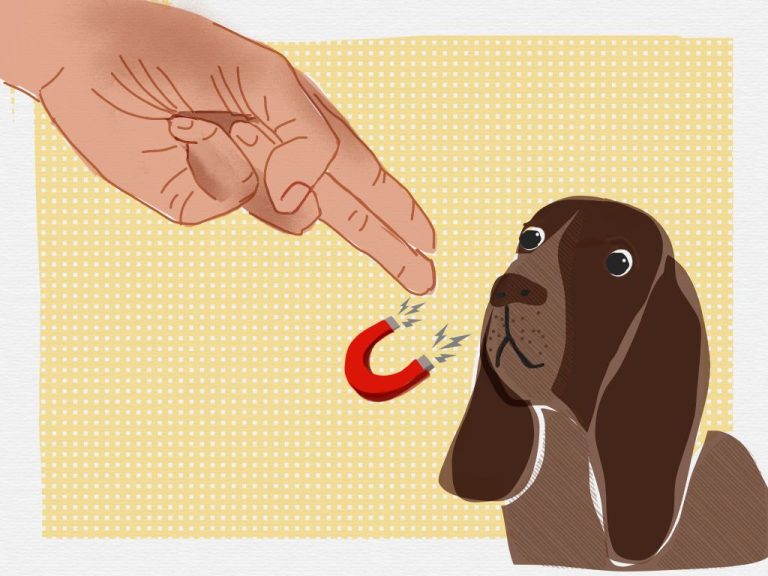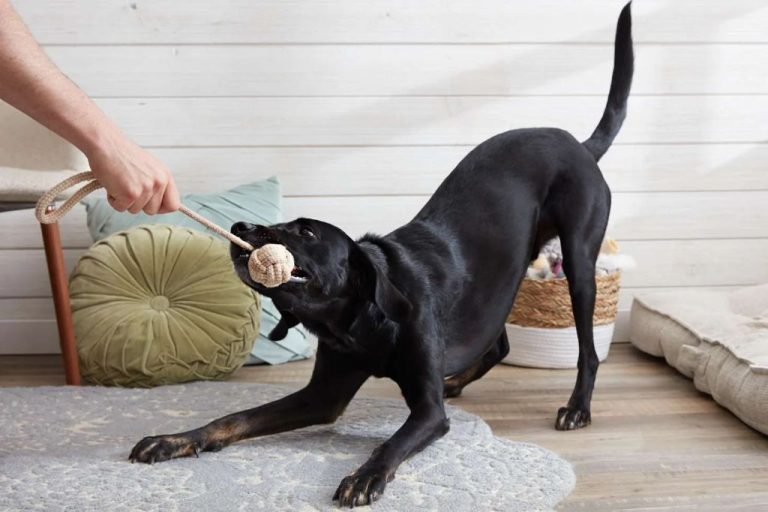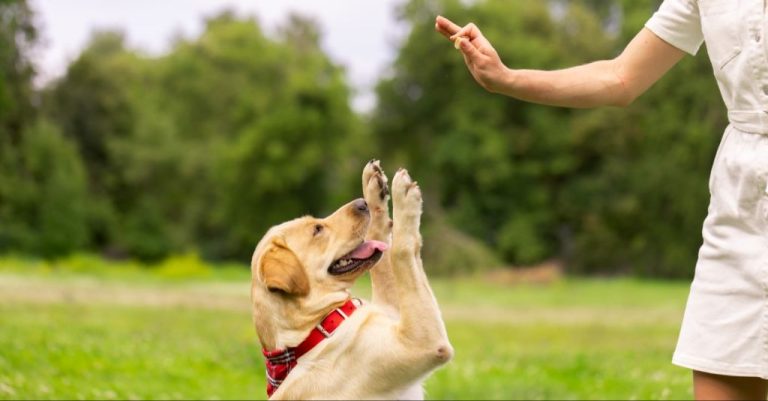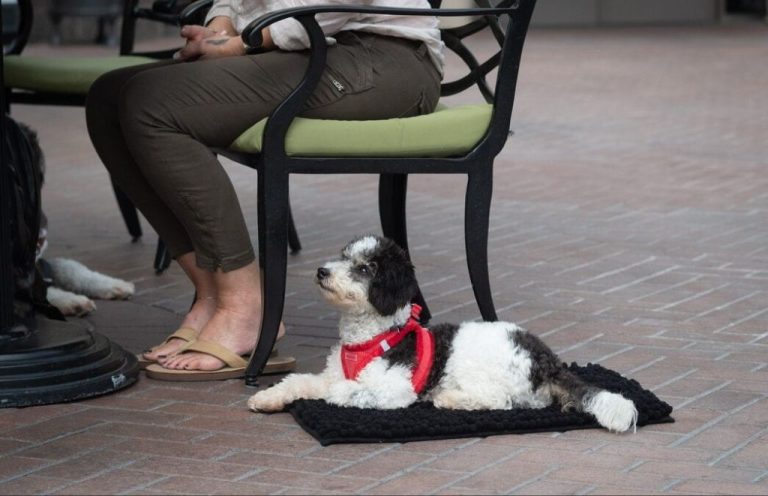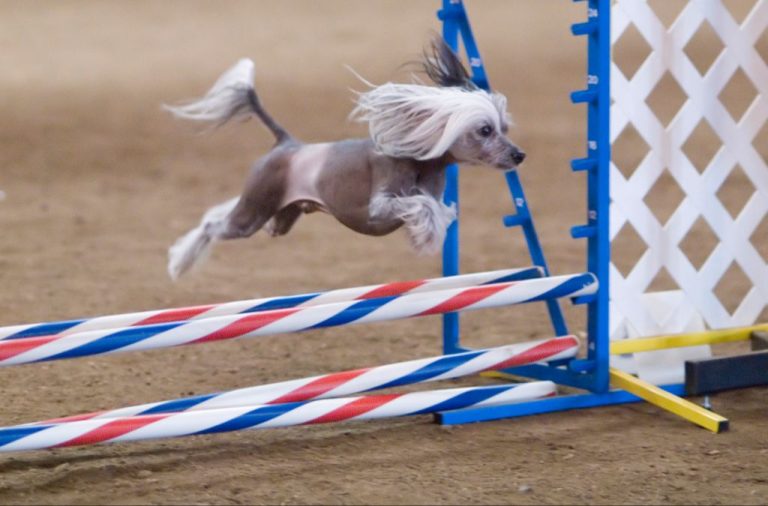Overcoming Separation Anxiety: Training Tips For Dogs
What is Separation Anxiety in Dogs?
Separation anxiety is a condition in which dogs exhibit distress and behavior problems when left alone or separated from their owners. It is estimated that around 20-40% of dogs suffer from separation anxiety to some degree (source).
Common signs of separation anxiety in dogs include:
- Excessive vocalization – whining, barking, howling
- Destructive behavior – chewing, digging, scratching
- Inappropriate urination and defecation
- Pacing and restlessness
- Depression
Separation anxiety tends to occur more often in dogs that were adopted from shelters, have had multiple caregivers, or have experienced traumatic events like abuse or abandonment. Dogs that form strong attachments to their owners are also more prone to separation distress when left alone (source).
Separation anxiety stems from a dog’s fear of being left alone or separated from their attachment figure. They become anxious when left due to the distress of separation and uncertainty over when their owner will return.
Causes of Separation Anxiety
Separation anxiety in dogs can stem from a variety of causes. Some of the main causes include:
Lack of socialization as a puppy – Puppies that are not properly socialized can develop insecure attachments to their owners, leading to separation anxiety when left alone. Socialization exposes puppies to new people, animals, places and experiences at a young age, building confidence. Without adequate socialization, dogs may not learn how to be comfortable when their owner leaves.
Changes in routine – Drastic changes in a dog’s routine or household can trigger separation anxiety. For example, a new work schedule that leaves the dog alone for longer periods, moving homes, adding or losing family members, or boarding can disrupt a dog’s normal routine. These changes are stressful and the dog may react by becoming anxious when left alone.
Lengthy periods left alone – Spending long hours alone day after day can cause dogs to develop behavioral issues like separation anxiety. Dogs are social animals that thrive on companionship. Being left alone for extended periods of time exceeds their ability to cope.
Traumatic experiences – Painful or frightening experiences while alone or separated from their owner can lead to separation anxiety. For example, getting lost, being attacked by another animal, getting trapped, or loud noises like thunderstorms or fireworks. These experiences can cause lingering anxiety about being left alone.
According to About Cocker Spaniels, lack of exercise and attention when the owner is home can also contribute to separation anxiety. Dogs that aren’t adequately exercised and mentally stimulated when the owner is present may become anxious and stressed when left alone with pent up energy. Additionally, Pets Norms notes that lack of proper crate training as a puppy can result in separation anxiety later on, as the crate helps dogs learn to be comfortable confined and alone.
Training Tips to Help Prevent Separation Anxiety
There are several training techniques you can use to help prevent separation anxiety before it develops in your dog:
Crate training your dog at a young age is highly recommended by experts to get them used to relaxing in their crate when alone. Be sure to provide plenty of treats and praise during crate training and start with short periods of time alone in the crate, gradually increasing duration over several weeks. According to dog trainer Sarah Wilson, “a dog that is crate-trained and conditioned to spend several hours at a time in their crate will be less likely to panic when left home alone” (https://doggonegoodtraining.com/preventing-separation-anxiety-in-dogs/).
Getting your dog used to being alone for short periods while you’re still at home is another important technique. Ignore them for stretches of time while doing your own thing in another room so they learn to amuse themselves. It’s key to start with very short durations of time when you’re still home.
Creating positive associations with being left alone through giving treats, toys, or puzzles can prevent anxiety before it starts. For example, when getting ready to leave, give your dog a stuffed Kong so they associate you leaving with something fun.
Sticking to a consistent daily routine with set feeding times, walk times, playtimes, etc. helps minimize anxiety in dogs. Departures and arrivals should also follow a consistent routine.
Providing daily mental stimulation through interactive toys, learning new commands, or food puzzles helps prevent destructive behaviors linked to separation anxiety when the dog is alone.
Training Tips for Existing Separation Anxiety
If your dog already exhibits signs of separation anxiety, there are several training techniques you can try to help them feel more comfortable when left alone.
Desensitization training is one of the most effective methods for addressing existing separation anxiety. This involves gradually exposing your dog to short separations from you and rewarding calm behavior. Start with very brief departures like stepping outside the front door for 5 seconds before coming back in, and slowly build up to longer durations. Always pair your exits and returns with something positive like a food reward. The key is to go at your dog’s pace and avoid triggering an anxious response. As they become accustomed to quick separations, you can begin leaving for slightly longer periods of time. This gradual process teaches them to remain calm when you leave.
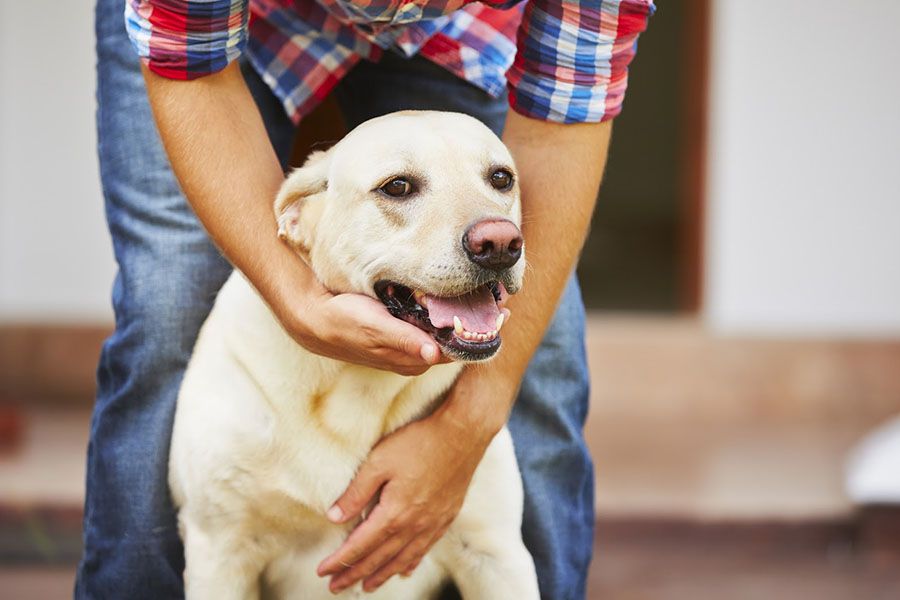
You can also try creating positive associations with common separation triggers like leashes, car keys, shoes, and more. For example, jingle your keys briefly while giving your dog a treat, then put the keys away. Over time, they will learn that these cues predict good things are coming. This counterconditioning changes their emotional response to triggers from anxiety to happy anticipation.
Calming aids like Adaptil pheromones, anxiety wraps, or calming treats can provide additional relief when training. These tools help take the edge off your dog’s nervousness, making training more effective.
For severe separation anxiety, consulting an experienced dog trainer or veterinary behaviorist is recommended. They can design a customized training plan to target your dog’s specific problems areas and provide professional guidance as you work on training.
Preparing for Departures and Arrivals
When preparing your dog for your departure or arrival back home, it’s important to keep things low key. Try to avoid overly emotional greetings and goodbyes. Instead, come and go in a calm, quiet manner. Provide some exercise beforehand like a walk or play session to help your dog relax.
Leave some recently used items with your scent on them for your dog while you’re away. This can be an old t-shirt, pillowcase, or blanket. It will help them feel comforted by your familiar smell.
Give your dog a food puzzle toy right before you leave. The mental stimulation will keep them occupied and distracted from your exit. Popular options are Kongs, snuffle mats, treat balls, and lickimats.
When arriving back home, resist the urge to immediately greet your dog in an high-energy way. Allow them a chance to decompress and provide a calm greeting.
Following these tips can help make departures and arrivals less stressful for dogs prone to separation anxiety.
Sources:
https://www.rover.com/blog/prepare-dog-emotionally-travel-without/
https://hastingsvet.com/8-ways-to-prepare-your-home-for-a-new-dogs-arrival/
Products to Help with Separation Anxiety
There are several products that can help ease separation anxiety in dogs when you have to leave them home alone. Some options to consider include:
Pheromone diffusers or sprays containing synthesized dog appeasing pheromone (DAP) can help relax dogs and curb anxiety behaviors. Studies show DAP diffusers like Adaptil provide significant improvement within a few weeks.
Calming treats or supplements with ingredients like melatonin, L-tryptophan, chamomile, and hemp can help relax your dog. Check with your vet before use. Sundial Calming Treats are veterinarian recommended.
Interactive food toys like treat-dispensing puzzles can engage and distract anxious pups. The Nina Ottosson Puzzle Toy is a top choice.
Providing a comfortable crate or kennel helps create a safe space for your dog. Use blankets and favorite toys to make it cozy. The MidWest Homes for Pets Crate has rave reviews.
When to Seek Professional Help
Separation anxiety can become a very serious problem if left untreated. It’s important to seek professional help from a veterinarian or animal behavior specialist if your dog’s anxiety is severe or leads to destructive behaviors.
Signs that it may be time to seek outside help include:
- Destructive behaviors like chewing, digging, or self-injury when left alone
- Housesoiling or loss of housetraining
- Inability or refusal to eat
- Weight loss
- Excessive vocalization like barking or crying
- Pacing and restlessness when separated
- Anxiety that persists after months of training
A vet can rule out any underlying medical issues that could be contributing to the separation anxiety. They may suggest prescription medications or pheromone products to help reduce anxiety. A certified applied animal behaviorist can design an effective behavior modification program. With professional guidance, most dogs with separation anxiety can overcome their fears and be left alone safely.
Medications for Separation Anxiety
There are two FDA-approved medications that can be prescribed by veterinarians to help treat separation anxiety in dogs:
Clomipramine is a tricyclic antidepressant that has been shown to be effective in reducing separation anxiety symptoms in dogs. It works by affecting serotonin and other neurotransmitters in the brain. According to one study, over 80% of dogs showed improvement in symptoms with clomipramine treatment. Some potential side effects include sedation, vomiting, and diarrhea.
Fluoxetine is a selective serotonin reuptake inhibitor (SSRI) antidepressant that is also used for separation anxiety. It can take 4-6 weeks to reach therapeutic levels but then has been shown to significantly reduce anxious behaviors in dogs left alone. Possible side effects include lethargy, reduced appetite, and restlessness. Fluoxetine requires slow tapering off to avoid withdrawal effects.
While medications can help reduce anxiety, they should be used in conjunction with behavior modification training. A vet or professional trainer can provide guidance on counterconditioning and desensitization techniques to change a dog’s anxious response over time. Medication alone does not solve the underlying problem.
Preventing Future Occurrences
While overcoming separation anxiety may seem daunting, the good news is that with consistent training and care, you can help prevent your dog from experiencing separation distress in the future. Here are some tips for preventing recurrences of separation anxiety:
Stick to regular daily routines for feeding, exercise, playtime, and potty breaks. Dogs feel most secure when their schedule is predictable. Try not to drastically change the routine, especially right before you leave the house.
Continue ongoing training. Practice short solo departures and absences daily, providing praise and treats upon your return. Gradually increase the duration and randomness of your absences. This will desensitize your dog to being left alone. Always make your departures and arrivals low-key.
Avoid triggers that previously led to separation anxiety incidents. For example, if closing a certain door or picking up your keys seemed to trigger anxiety, modify your behavior to prevent triggering your dog. Pay attention to early signs of distress.
Ensure your dog has sufficient physical and mental exercise before being left alone. Take them for a long walk and provide interactive puzzle toys. A tired dog is less prone to boredom and stress while alone.
Provide a safe, comfortable area for your dog when you’re gone. This can be a crate, gated room, or dog-proofed area with access to food, water, and toys. Make it positive and avoid confinement as punishment.
Consider hiring a dog walker or pet sitter to check in and walk your dog if longer durations alone are unavoidable. Even short visits can calm your dog in your absence.
Consult your veterinarian about anti-anxiety medications or pheromone collars/diffusers if your dog still seems distressed despite training. These can help ease anxiety as you continue behavior modification.
Be patient and consistent. Preventing separation anxiety recurrences takes diligence, but your efforts will pay off with a more confident, independent dog.
Providing Ongoing Support
Separation anxiety is an ongoing challenge, and dogs need patience and compassion as they learn to be comfortable when left alone. It’s important for owners to have realistic expectations and not get frustrated if progress seems slow. Set small, achievable training goals and celebrate the little successes along the way.
Don’t be afraid to ask for help from friends, family, or professionals if you need a break or extra support. See if a friend can take the dog for a walk or have a sleepover to give both you and your dog a break. Consider hiring a dog walker temporarily if your schedule makes training difficult.
Keep up with counterconditioning exercises even after initial training goals are met. Continue providing enrichment activities, exercise, and training on a regular basis. Stay vigilant for any returning signs of anxiety and be prepared to revisit training techniques as needed. With time, patience, and compassion, an anxious dog can learn to be comfortable home alone.
It’s important that owners understand separation anxiety takes work to overcome, and there may be occasional setbacks. But by providing ongoing support and training, the bond between owner and dog will continue to deepen.
Sources:
https://www.aspca.org/pet-care/dog-care/common-dog-behavior-issues/separation-anxiety
https://www.24petwatch.com/blog/8-ways-to-help-with-dog-separation-anxiety

